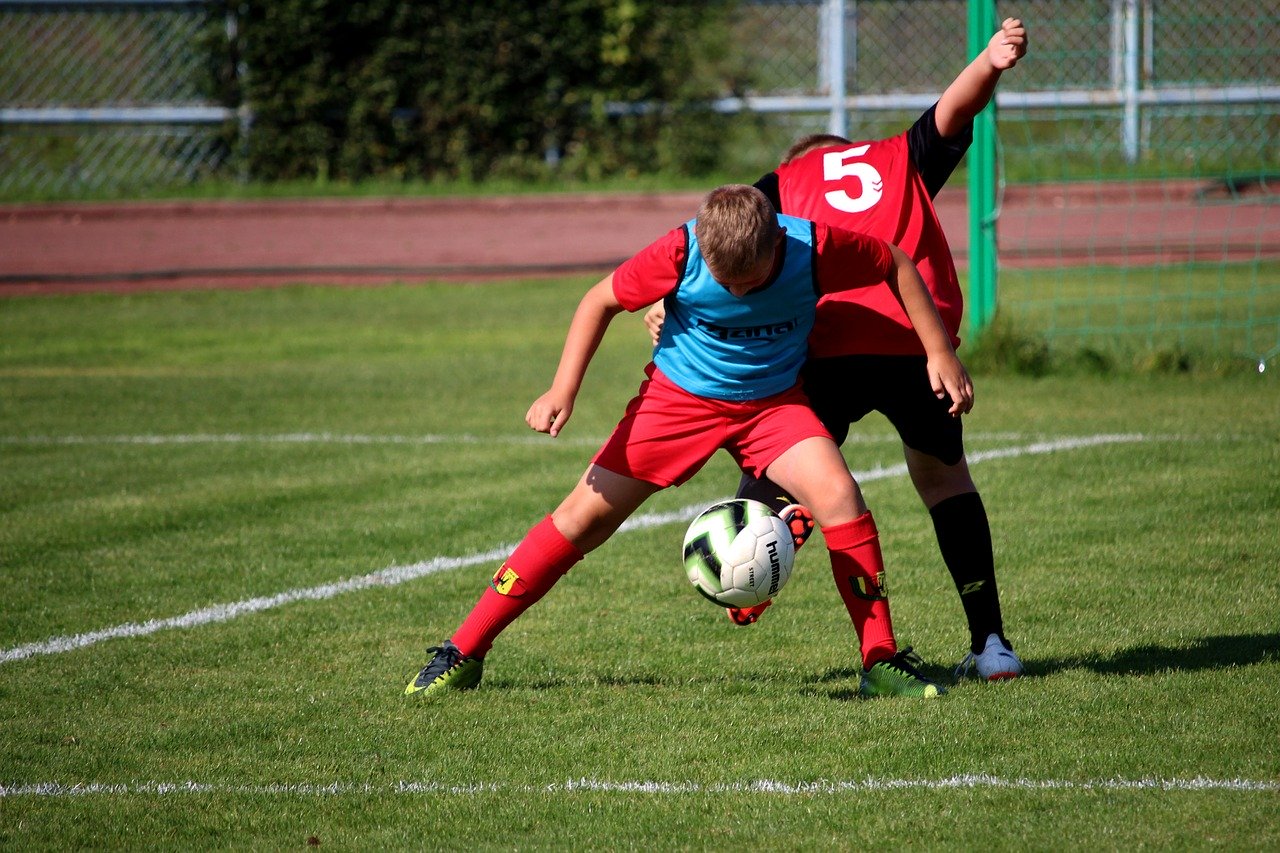In August 2019 researchers from China published the results of their study to assess risk factors for near/shortsightedness among schoolchildren. The researchers stated that in recent decades, the incidence of near/shortsightedness has markedly increased, especially among teenagers. A total of 522 boys, aged 14-16 years, were involved in the study, which lasted for three years. The eyes were examined both at the start and end of the study, and in addition information was collected via a questionnaire which included questions on their parents near/shortsightedness and on the total time spent doing near work and on outdoor activities each week. Results showed that at the 3-year follow-up the incidence of near/shortsightedness was 27%. An outdoor activity of over 14 hours per week and a reading/writing distance of over 30 cm were seen to be significant protective factors against near/shortsightedness. A near/close working time of over 28 hours per week was a significant risk factor. Parents having near/shortsightedness, age at the start of primary school, continuous reading/writing for over 1 hour, sleep duration of under 49 hours per week, and one or more dietary biases were not significant risk factors.
Qi LS et al. Risk Factors for Incident Myopia among Teenaged Students of the Experimental Class of the Air Force in China. J Ophthalmol. 2019 Aug 14;2019:3096152

